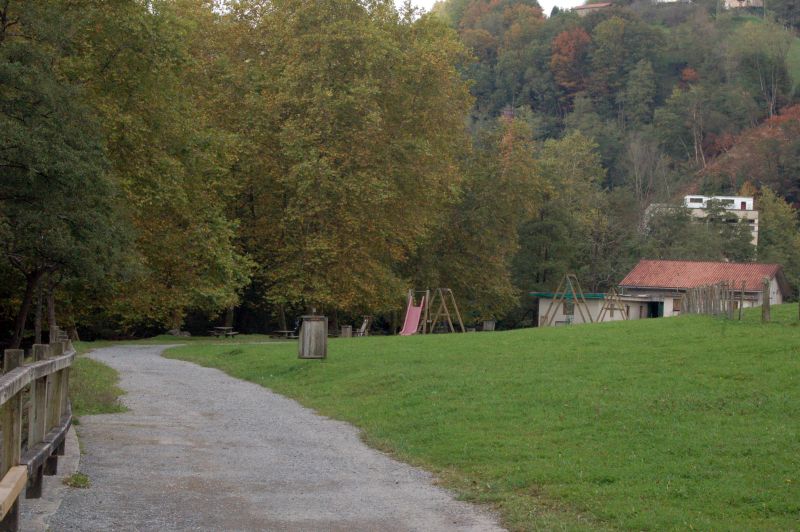
Puntos de Interés

Municipality
Tijarafe
Tijarafe is a charming municipality located in the northwestern part of the island of La Palma, in the province of Santa Cruz de Tenerife. Its municipal boundaries intertwine with Puntagorda to the north, the Sierra de la Cumbre to the east, the sea to the west, and the municipalities of Tazacorte, Los Llanos de Aridane and El Paso to the south.
Its toponym has its roots in the Guanche language, but although the exact etymology of "Tijarafe" is unknown, there are different interpretations and theories. Among them is the relationship with the words 'tigad' or 'tigaday', which refer to a kind of bush in the area, or which derives from the term 'tigarafe', which refers to a meeting place or gathering place.
The history of Tijarafe dates back to the arrival of the Castilians in 1492, led by Alonso Fernández de Lugo. After the conquest, the distribution of land and the formation of a diverse society, including inhabitants of the peninsula, slaves and the aboriginal population, mark the origins of the population. The 19th century brought changes that had a positive influence on the economic development of the area, as many neighbours, mostly poor peasants, migrated to Cuba due to the island's precarious agricultural economy, punished by the weather. At the beginning of the 20th century, the arrival of water and the introduction of banana cultivation transformed the economy, which today still revolves around agriculture and livestock farming, with banana plantations being the most important activity, occupying 69% of the active population.
The geography of Tijarafe offers a mountainous landscape with gentle slopes, between 400 and 800 metres above sea level, where most of the population lives. Meanwhile, the 11.5km of coastline is marked by towering cliffs that are difficult to access.
Despite this, the municipality offers captivating places such as the Barranco del Jurado, an immense natural trench, which stands out for its natural holes and which culminates in the picturesque Cala del Jurado. Nearby is the Cueva Bonita, a sea cave known for the multicoloured reflections on its dome, which appear at sunset, and for the pirate legend that surrounds it. Also of note on the Tijarafeña coast are the Prois de Candelaria, an emblematic wharf and historic trading post that is now a summer resort; and the group of caves that make up the Pozo de Tinizara, at the mouth of the Barranco de Garome ravine. Last but not least, La Caldera de Jieque, nicknamed the "mini Taburiente". An intriguing natural environment, with a rugged terrain and a microclimate that favours endemic species, and popular area for mountain shepherds.
In Tijarafe, the local patron festivals are celebrated on 8 September in honour of La Virgen de Candelaria. These last for four days, including the popular Danza del Diablo (Devil's Dance) and the religious events in honour of the patron saint, such as the pilgrimage to the Cueva de la Virgen (Cave of the Virgin). Also popular in these festivities are the wrestling matches, gastronomic events and various activities aimed at the children of the municipality.


